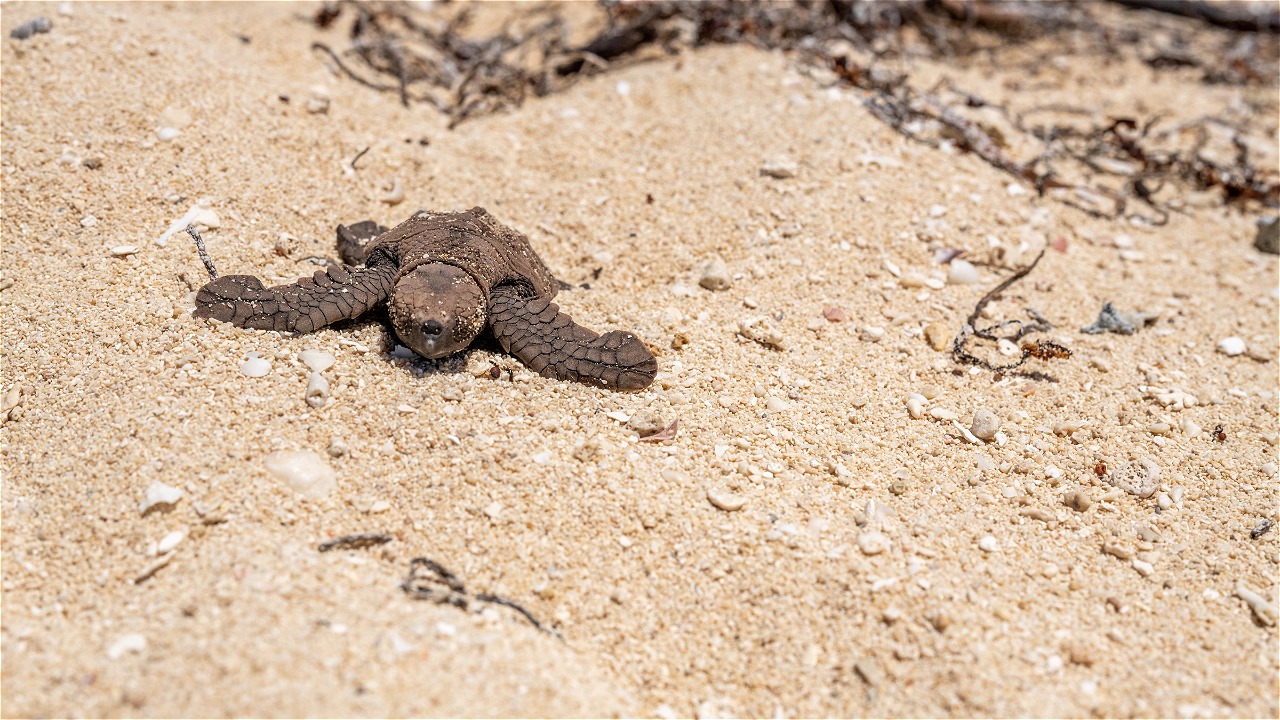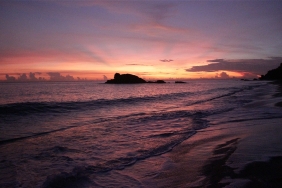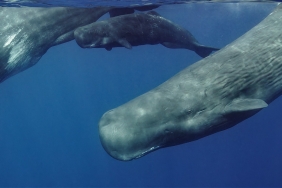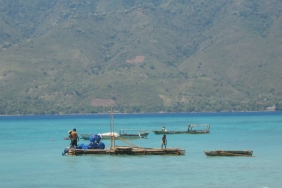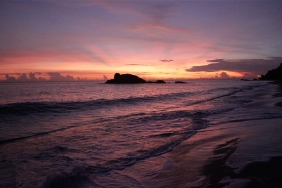NOT JUST THEORY, BUT DIRECT ASSISTANCE TO FISHERMEN TO HANDLE SEA TURTLE BYCATCH ON BOATS
By: Wahyu Teguh Prawira (Bycatch Hook & Line Officer, WWF-Indonesia)
Indonesia is one of the member countries of the Indian Ocean Tuna Commission (IOTC), a global tuna fisheries organization that regulates policies on tuna fishing activities in the Indian Ocean. As a member of IOTC, Indonesia is required to implement efforts to handle and mitigate Endangered, Threatened, Protected (ETP) animals, especially sea turtles, in tuna fishing activities.
"The implementation of the national action plan in the effort to mitigate turtle bycatch will be encouraged with WWF-Indonesia and other partners, so that later we can show it to the IOTC - and the world," said Fahmi, Head of the Tuna Fisheries Research Institute, Ministry of Maritime Affairs and Fisheries of the Republic of Indonesia at the discussion of the WWF-LPPT PKS discussion in the LPPT Mertasari meeting hall.
For this reason, in 2017, WWF-Indonesia has not stopped providing assistance to fishermen, in order to implement Better Management Practices (BMP) for handling sea turtle bycatch on board.
Started with Training
The archipelago's fishermen use diverse types of fishing gear (API). In large-scale and artisanal fisheries, tuna longlines and gill nets (gill net) are two types of API that have a high potential for bycatch of Endangered, Threatened, and Protected (ETP) marine animals - especially sea turtles.
The likelihood of catching sea turtles in these two APIs is higher when compared to other types of APIs. The higher interaction of protected marine animals with fishing activities is directly proportional to the threat and risk of mortality of these animals.
The chance of death of accidentally caught ETP animals is much higher when not given proper handling. The active role of fishermen in providing proper handling of bycatch ETP animals will provide a greater chance of life for these ETP animals.
In an effort to increase the capacity of fishermen, WWF-Indonesia together with local partners have trained at least 1647 longline and gill net fishermen in more than 83 locations, on how to best handle and mitigate sea turtle bycatch on board, in accordance with Turtle Bycatch Management BMP. It was found that the capacity of fishermen increased by 45% on average after the training, as measured through pre test and post test.
Continued with Onboard Assistance
To ensure that fishermen are able to apply the training materials, WWF-Indonesia provides assistance to fishermen on the boat. The compliance assistance (compliance)BMP Handling Bycatch Sea Turtle was conducted for three full months, from February to April 2017, with the main target of longline and gill net fishers.
A total of five mentors will be assigned to the mentoring locations, namely Bonto Lebang, Bonto Borussu and Kahu-Kahu Villages in Selayar Islands, South Sulawesi; and two villages in West Kalimantan - Liku Village and Mentibar Village, Paloh District. In Bali, assistance was also provided to longline fishermen based in Benoa Harbor.
Through the results of ETP's baseline survey of capture fisheries characteristics and bycatch in 2015 and 2017, these locations have the highest potential for bycatch. Through this assistance, we have high hopes that the fishermen of Paloh, Selayar, and Benoa will be able to implement the turtle bycatch guidelines independently and continuously. The fishermen's success in implementing the Turtle Bycatch Handling BMPs will be measured through regular monitoring and evaluation for a month after the mentoring ends.

